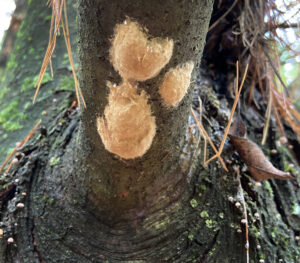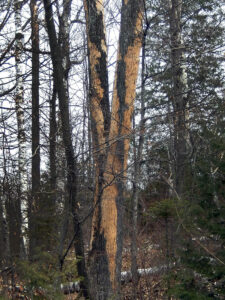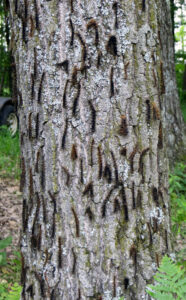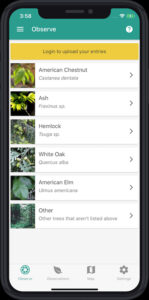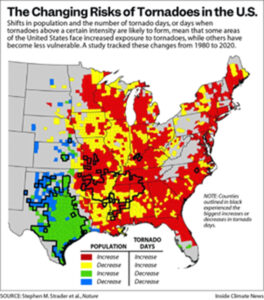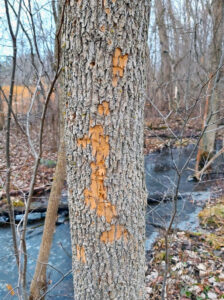
An ash tree next to a park trail in Winnebago County shows damage from woodpeckers feeding on EAB larvae beneath the bark. / Photo Credit: Bill McNee, Wisconsin DNR
By Bill McNee, Forest Health Specialist
Bill.McNee@wisconsin.gov or 920-360-0942
Property owners with healthy, valuable ash trees are encouraged to treat them with insecticide this spring to protect against emerald ash borer (EAB).
The invasive pest is currently the most damaging threat to trees in Wisconsin, killing more than 99% of the ash trees it infests.
Continue reading “Treat Ash Trees Against Emerald Ash Borer This Spring”

